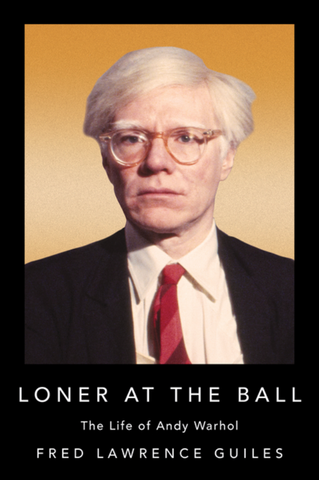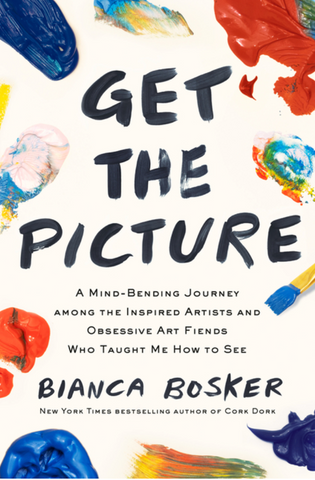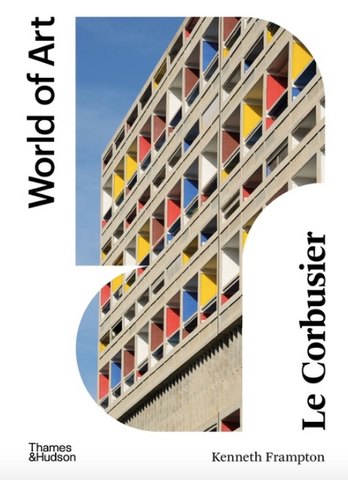His Pop Art paintings of Campbell's Soup Cans and his silkscreen images of Marilyn Monroe are internationally recognized icons of modern art. The series of Factories where his silkscreens were produced became the haunt of misfits, drop-outs, and addicts, while also of the most chic and wealthy New York society. In 1968, he narrowly escaped death when he was shot by disappointed actress and writer Valerie Solanis, an act that seemed to put the American Seal of Approval on the fame he had been seeking since adolescence.
Based on massive research and scores of interviews with Warhol's friends and associates, in Loner at the Ball, bestselling biographer Fred Lawrence Guiles gives us a complete view of a remarkable twentieth-century life and an informed assessment of what Warhol's work represents in the history of art. He explores the paradoxical nature of a man who cultivated celebrity status but whom television producers learned to avoid because he had so little to say; a man who, surrounded by a world of drugs and sex, was largely celibate, did not smoke or take drugs, and was rarely drunk; perhaps above all, a man who spent most of his waking hours in the heart of a crowd yet felt that he himself was in a vacuum--a solitary observer, a loner at the ball.






